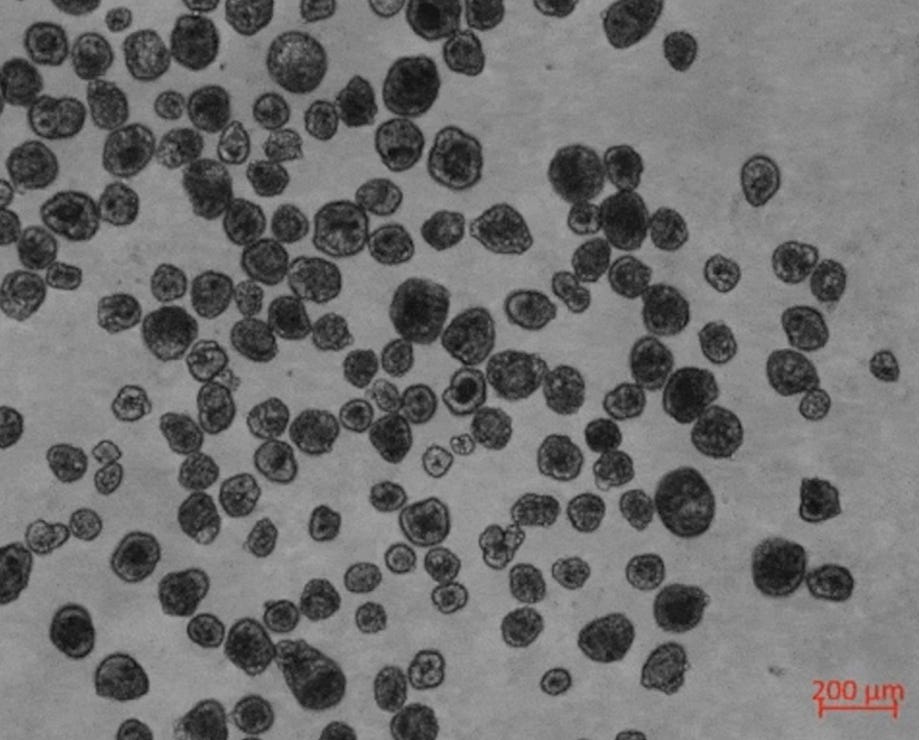Anthrobots
Written by Aanya Deshpande
Researchers and scientists constantly search for new technology to create efficient treatments for diseases or simply for healing wounds. Recently, researchers from Tufts University and the Wyss Institute at Harvard have discovered a biobot known as an Anthrobot. Anthrobots can be utilized as a healing tool for cell regeneration, tissue repair, and disease treatment.
Anthrobots are tiny, biological robots that are created with adult tracheal cells. Each Anthrobot begins as a single cell from an adult donor. The adult cells derive from the trachea and have hairlike filaments to move around called cilia. The cilia help the tracheal cells push out tiny particles into the airway of the lungs. The first important observation made by researchers was that the cilia faced outwards on organoids and that the cells come in many shapes and have different movement patterns. Some Anthrobots were sphere-shaped and fully covered with cilia, and others were irregularly shaped with patchy cilia coverage. Some also traveled in straight lines, tight circles, or wiggled. Anthrobots can be made in sizes ranging from 30-500 nanometers. However, Anthrobots can only survive 45-60 days before naturally biodegrading in a lab environment.
Scientists wanted to analyze if the Anthrobots could be utilized for wound healing and cell growth. As an experiment, scientists created a two-dimensional layer of neurons made out of neural cells and used a thin metal rod to create an area of the layer with no cells. Researchers hypothesized that the Anthrobots would need genetic modification to induce neural cell regeneration. However, unmodified Anthrobots caused significant cell regrowth and created an area of neurons as healthy as before. Researchers currently predict that Anthrobots can be further developed for applications in nerve damage, recognizing cancer cells, or drug delivery.
Anthrobots are advancing the biomedical field with robotics and advanced technology. They can enhance the healing and regeneration abilities of cells and be used in clinical applications for therapeutic processes. Because of Anthrobots, scientists can now take advantage of cellular assembly, and use it for biological body plans and functions. Overall, Anthrobots will progress and evolve in the medical field with its futuristic and advanced biological technology.
SOURCES: https://wyss.harvard.edu/news/scientists-build-tiny-biological-robots-from-human-cells/
Written by Aanya Deshpande from MEDILOQUY


